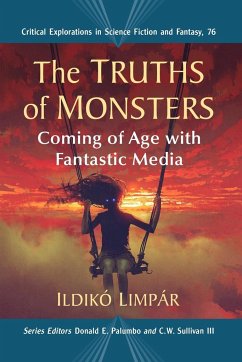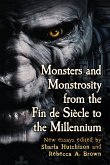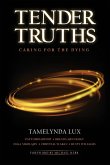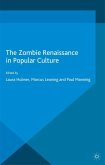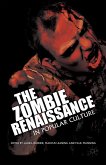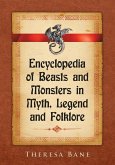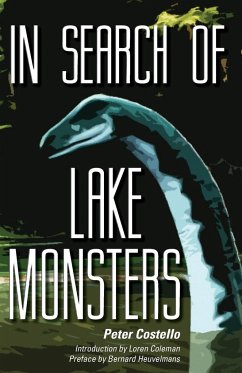As monster theory highlights, monsters are cultural symbols, guarding the borders that society creates to protect its values and norms. Adolescence is the time when one explores and aims at crossing borders to learn the rules of the culture that one will fit into as an adult. Exploring the roles of monsters in coming-of-age narratives and the need to confront and understand the monstrous, this work explores recent developments in the presentation of monsters--such as the vampire, the zombie, and the man-made monster--in maturation narratives, then moves on to discuss monsters inhabiting the psychic landscapes of child characters. Finally, it touches on monsters in science fiction, in which facing the monstrous is a variation of the New World narrative. Discussions of novels by M. R. Carey, Suzanne Collins, Neil Gaiman, Theodora Goss, Daryl Gregory, Sarah Maria Griffin, Seanan McGuire, Stephenie Meyer, Patrick Ness, and Jon Skovron are complemented by analysis of television series, such as Buffy the Vampire Slayer and Westworld.
Hinweis: Dieser Artikel kann nur an eine deutsche Lieferadresse ausgeliefert werden.
Hinweis: Dieser Artikel kann nur an eine deutsche Lieferadresse ausgeliefert werden.

